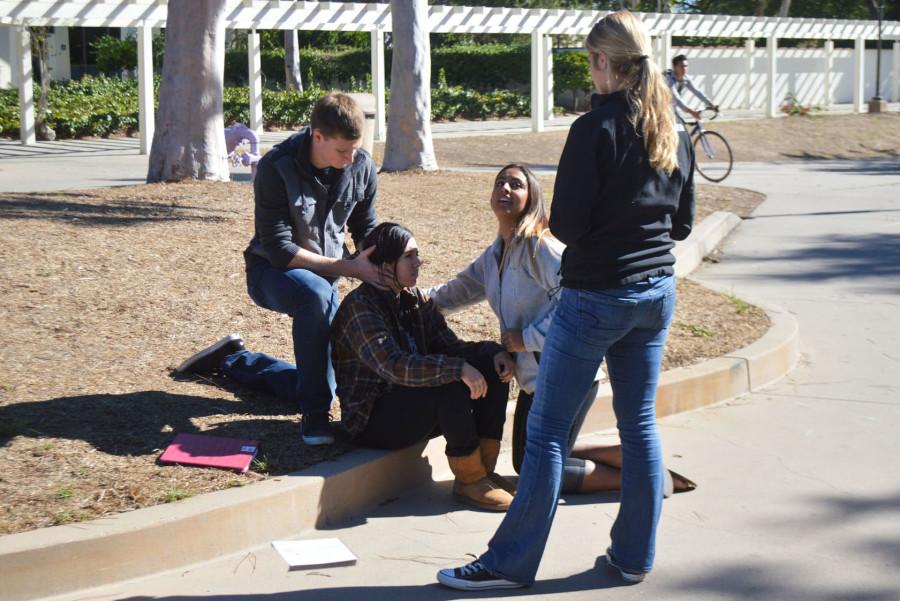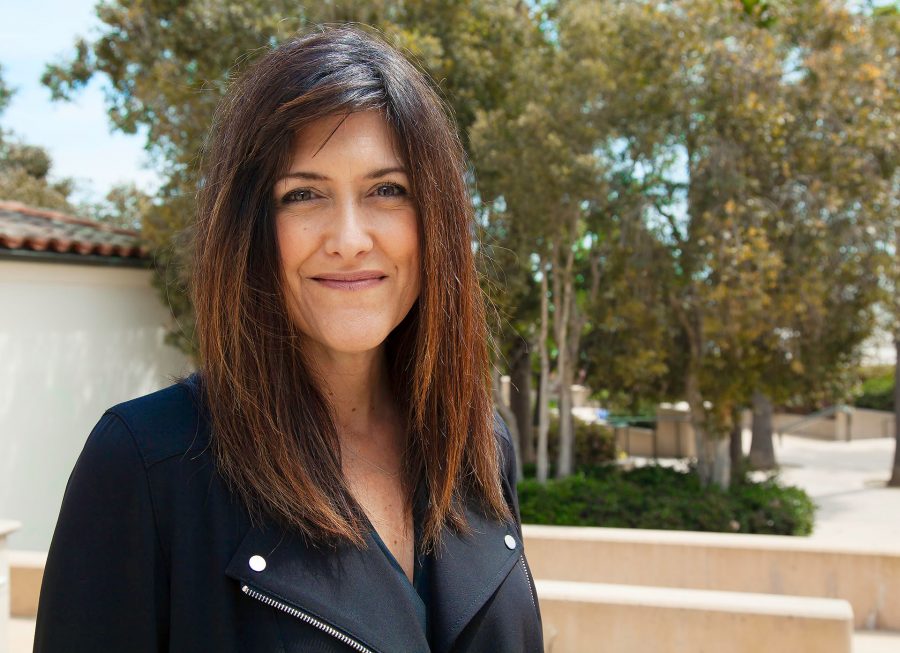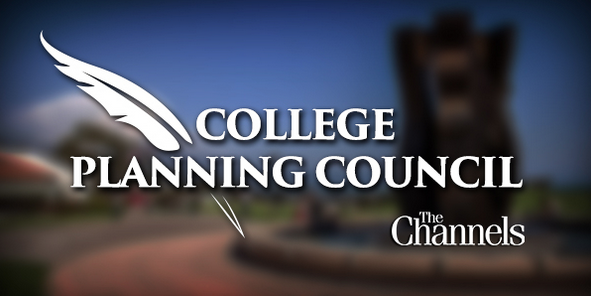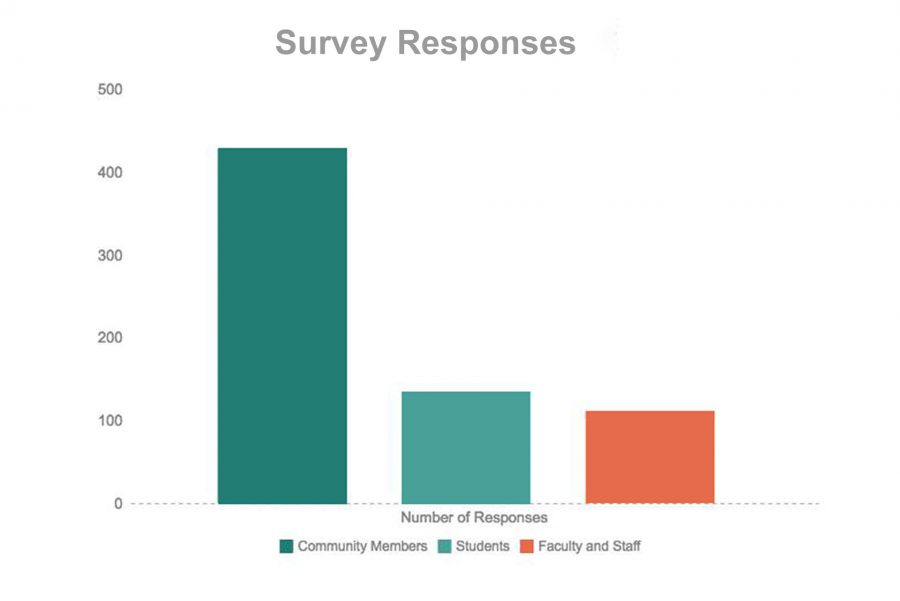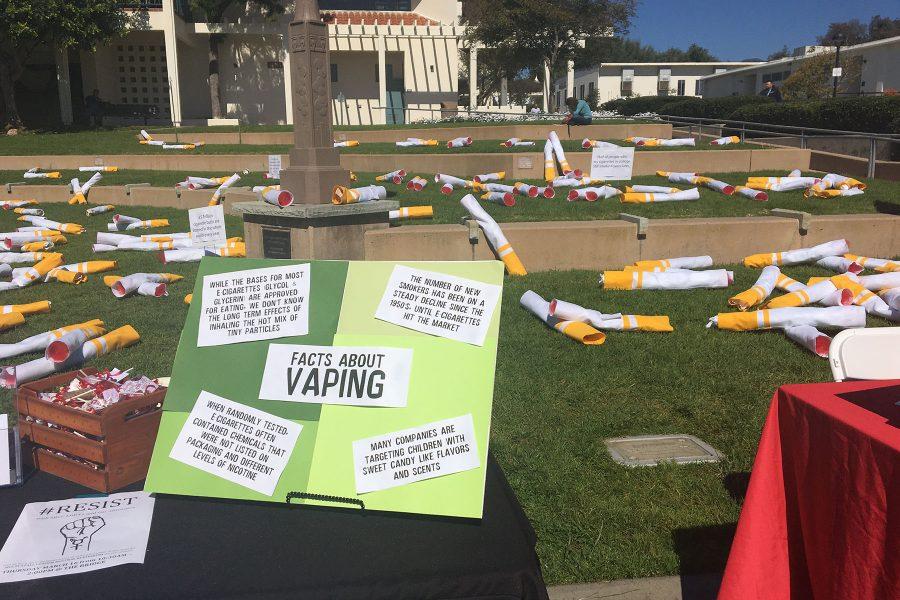The emergency medical technician class at City College is one of the most successful emergency technician programs in California based on passing rates.
The program consistently ranks above the state average of students who complete the program and become certified emergency medical technicians, with four out of five students passing the course and around 120 students enrolled each semester.
“Overall it was a really great program,” said Wesley Van Wyk, emergency department technician at the Cottage Hospital Emergency Room. “I would recommend anyone who is considering a career in healthcare to pursue an EMT first, because you really get a full scope of what’s going on.”
The class is strenuous and teaches students everything they need to know about being an emergency medical technician. After the 160 credit hours of class, they will be prepared to take the written and practical national registry exam to get certified to become an emergency medical technician.
“Compared to the other classes I’ve taken, it’s moderately difficult,” said current student Matthew Lewis. “Take anatomy and physiology first, and medical terminology.”
The course’s lead lab instructor Jack Franklin said that after passing both sections of the national registry test, students who complete the program can go on to work in ambulances, emergency rooms and dive boats.
The class meets three times a week, at a five-hour lecture on Tuesday and a three hour hands-on lab on Wednesday and Thursday. To pass the class, students must attend every session or they will not meet the necessary training hours required by the state of California.
All instructors in the program are required to be working paramedics. Many currently work as firefighters for Santa Barbara City Fire and Montecito Fire. Others work for American Medical Response or local hospitals. In addition, only working emergency medical technicians can be teaching assistants for the course.
“We bring real life perspective to what’s going on, we’re not just teaching something out of a book, we actually do it, I think that speaks volumes,” Franklin said. “I teach one thing, and the next day I actually go out and do it.”
Chris Mailes, lead instructor and Santa Barbara city fire battalion chief, is also credited for the success of the program by his colleagues. Mailes and Franklin have been teaching the course for 26 years.
“Chris and Jack really do a fantastic job, in terms of the knowledge alone. They are passionate about it, it’s their life essentially, it’s what they know and they do it very, very well,” Van Wyk said. “They are great teachers too, you can just connect with them. It’s safe to say, they’re the best teachers I’ve ever had. Nothing but respect for those guys.”


